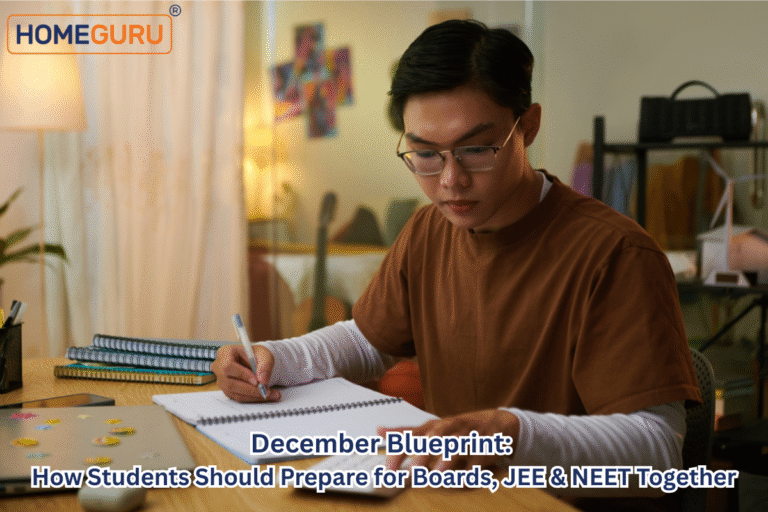Remember Ishaan Awasthi from Taare Zameen par? He was a gifted child with a special talent for art and craft, and his teacher, Mr. Ram Shankar Nikumbh helped him find his passion. Apart from being successful at the Box-office, this movie gave a ray of hope to all the students who wanted to explore both academically and non-academically. It solved the questions of many students who asked themselves, like, ‘What course I will do after 12?’ ‘Is this course beneficial?’ ‘Can I pursue my hobby as my passion?’ ‘Will I be able to manage both my studies and extracurricular activities?’ And so on…
If we go back in the past or look at the current situation, we have seen that the students constantly juggle between scoring the best results academically and maintaining a good social life. Sometimes, they are overwhelmed with a constant parent or relative pressure to score better, and sometimes, they often find themselves in a situation to perform well in their sports or music class. In such cases, it is difficult for students to balance academic courses and extracurricular.
In this blog, we will learn a few steps on how a student can take out time for both and why these both are equally important for overall growth.
1. Find Your Interest
This is a crucial step as it reminds you that both things are important for all-round development. For this, unleash your enthusiastic version and find out your passion. Find out some fun activities which you find refreshing and exciting at the same time. Sticking to the study chair for very long can be a bit monotonous and can make your studying schedule dull and boring. To make your studying pattern fun, find a parallel interest of your choice and give time to that activity as well. Churn your mind wheels and find out one or two interests of your will and expand your vision.
Must-Read: How to Choose The Right Tutor For Your Child
2. Balancing The Time
After finding your interests in the extra-curriculum, divide your time accordingly. Try to balance both the activities and assign them at a specific time. For example, you can start your online or offline classes in the morning. During the afternoon, you can take a break, and in the evening, switch to your non-academic timetable. Remember, breaks are important, but they should never impede your next assignment. Start working on your procrastination and bring lively energy to both academics and non-academics.
3. Think What Suits You Best
Take a look at your requirements of the day, and then proceed forward. Find what suits you well as per your studying schedule. For example, if you are having an important test on a Monday morning, will you study for the test and give your time to it, or will binge-watch hundreds of piano music videos? Give time to the activity which needs more attention at that duration. This practice will put you in sync with your regular chores and will keep track of your overall success chart.
4. Become Consistent
Balancing both activities is not a one-day process. Be consistent with both goals and work on your lethargic attitude. Make a plan of either 21 days or a month, try to stick to your routine. Develop a habit of getting better daily with the right positive approach. Affirm yourself to the thought of excelling in both, but at the same time, don’t be too hard on yourself.
5. Guidance is Necessary
To become proficient in whatever you do, having professional guidance is a must! Professionals know how to give a proper balance to your specific subject and train you for your non-academic courses. Try to get in more depth and be associated with skilled professionals.
Both Academic courses and Extracurricular activities are equally important for the overall progress of a child. Act accordingly and take important steps from today.






